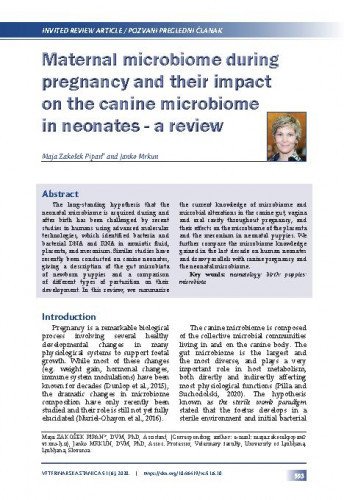Reptiles, especially turtles, are becoming increasingly popular as pets. The haematological evaluation of turtles is an irreplaceable diagnostic tool in veterinary practice. However, the morphologic distinctiveness of turtle blood limits the use of electronic cell-counting devices, making time-consuming, manual counting techniques and evaluation of blood smears necessary. Many samples are dispatched to a laboratory over long distances, where a delay of 24 h or more may occur. At weekends, this interval may exceed 48 h. The objective of the present study was to determine the effect of storage duration at refrigerator temperature (4 °C) on the counts of red blood cells (RBC) and white blood cells (WBC), and on the mean corpuscular volume (MCV) and packed cell volume (PCV) in blood samples from healthy adult red-eared sliders. Blood samples were collected by venipuncture from the occipital venous sinus from six apparently healthy adult red-eared sliders, aged 2 to 4 years. Blood samples were analysed immediately after sampling to obtain the baseline value (BV) of the red blood cell count, white blood cell count and packed cell volume percentage. Blood was stored at 4 °C and the haematological analyses were performed after 24h, 48h and 72h. The results showed the same level of stability for RBC and WBC count, and MCV values during 72 hours of storage at 4 °C and for PCV during 48 hours. Handling of blood samples, and duration of storage of the blood samples can significantly influence the results/values of haematological tests. Consequently, the obtained values of the determined haematological parameters of improperly stored or handled blood samples can give a misleading interpretation of the results on the animal’s health status.; Reptili su, posebno kornjače sve popularniji kao kućni ljubimci. Hematološka procjena kornjača je nezaobilazna dijagnostička metoda u rutinskoj veterinarskoj praksi. Ipak, neke morfološke osobitosti krvi kornjača ograničavaju mogućnost uporabe automatiziranih brojača krvnih stanica te je neophodno koristiti manualne tehnike brojenja i/ili procjenu krvnog razmaza, što zahtijeva znatno više vremena za određivanje hematoloških pokazatelja. Znatan broj uzoraka do laboratorija za obradu stižu s velikih udaljenosti te vrijeme pohrane uzorka prije same obrade može biti i dulje od 24 sata. U dane vikenda, vrijeme do obrade uzorka može biti i dulje od 48 sati. Cilj je našeg istraživanja bio ustanoviti utjecaj vremena skladištenja uzorka krvi crvenouhe kornjače čuvanih na temperaturi u hladnjaku od 4 °C na neke hematološke pokazatelje (eritrocite, leukocite, prosječna zapremina eritrocita, hematokritsku vrijednost). Krv je uzorkovana od šest odraslih, klinički zdravih crvenouhih kornjača venepunkcijom okcipitalnog venskog sinusa. Životinje su bile starosti 2 do 6 godina. Neposredno nakon uzorkovanja, krv je analizirana u cilju dobivanja baznih vrijednosti (BV) ispitivanih pokazatelja. Krv je potom skladištena na temperaturi od 4 °C i isti hematološki pokazatelji su ponovno određivani nakon 24h, 48h i 72h. Rezultati istraživanja pokazuju jednaku razinu stabilnosti za vrijednost broja eritrocita i leukocita te vrijednost prosječne zapremine eritrocita tijekom 72h skladištenja na temperaturi u hladnjaku od 4 °C dok je hematokritska vrijednost pri navedenoj temperaturi stabilna do 48h. Iz navedenog smo zaključili da na rezultate hematoloških istraživanja utječe način manipulacije uzorkom, odnosno vrijeme skladištenja krvi.
Sažetak

 Veterinarska stanica : 51,6(2020) / glavni i odgovorni urednik Marko Samardžija.
Veterinarska stanica : 51,6(2020) / glavni i odgovorni urednik Marko Samardžija.